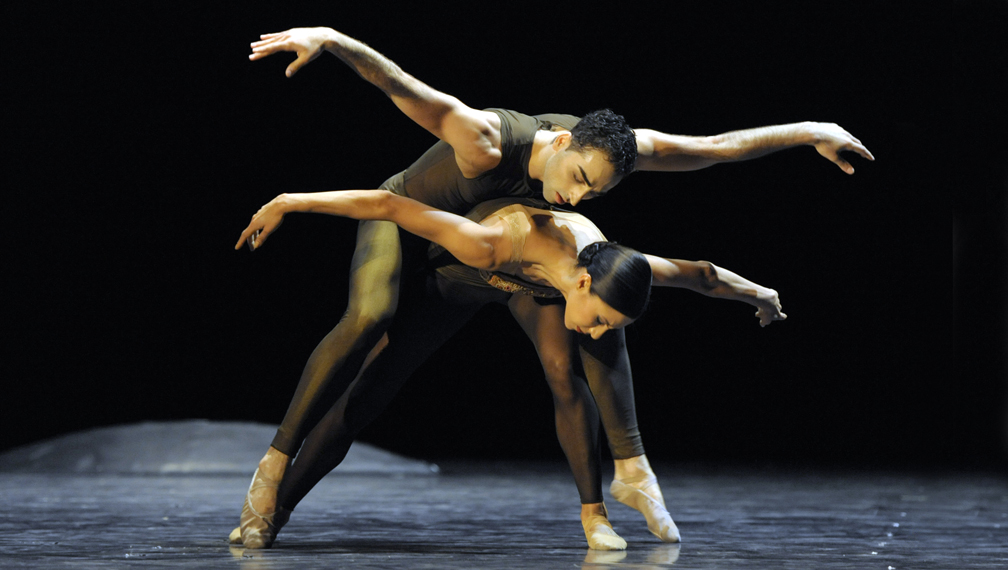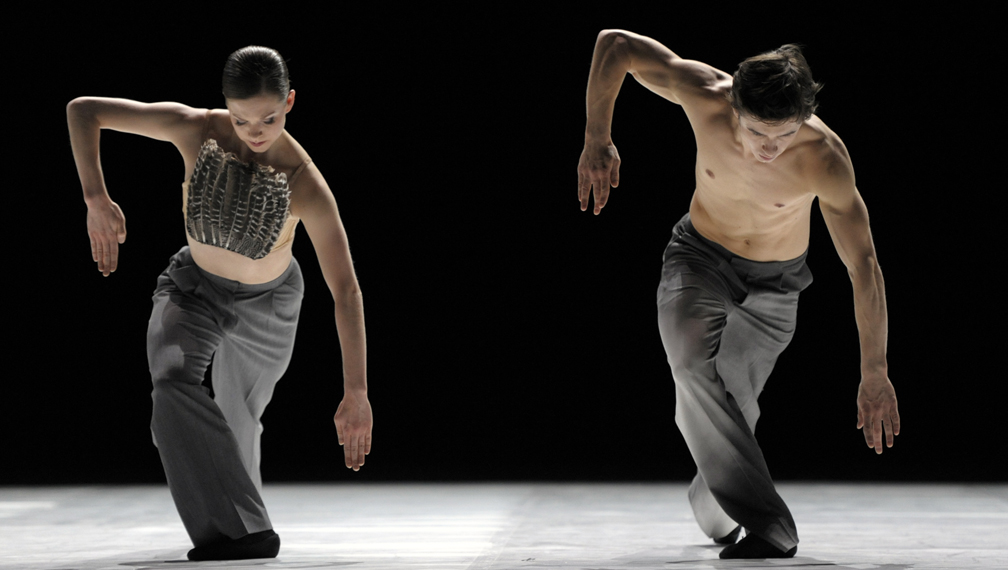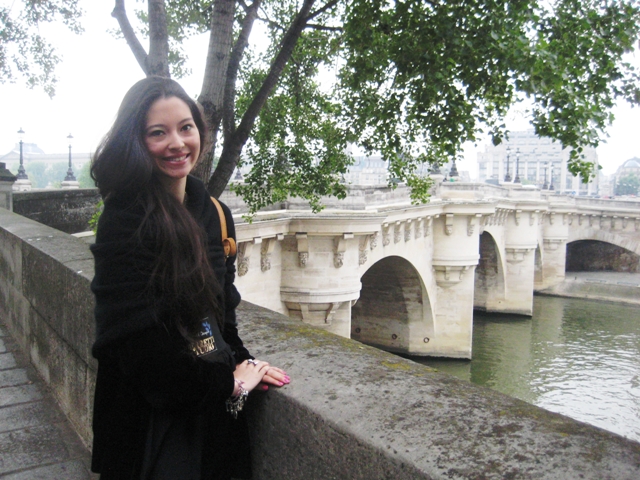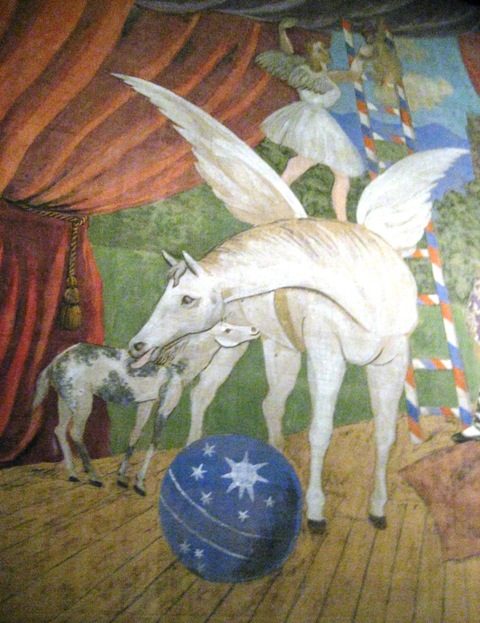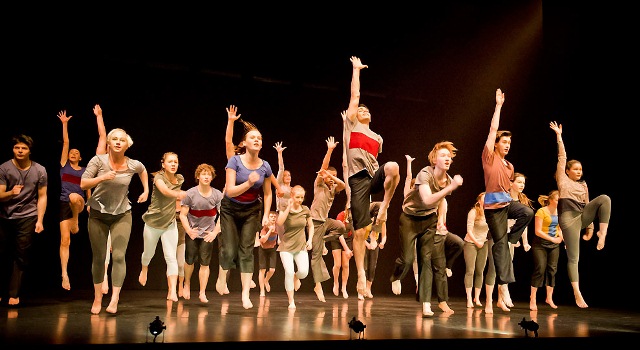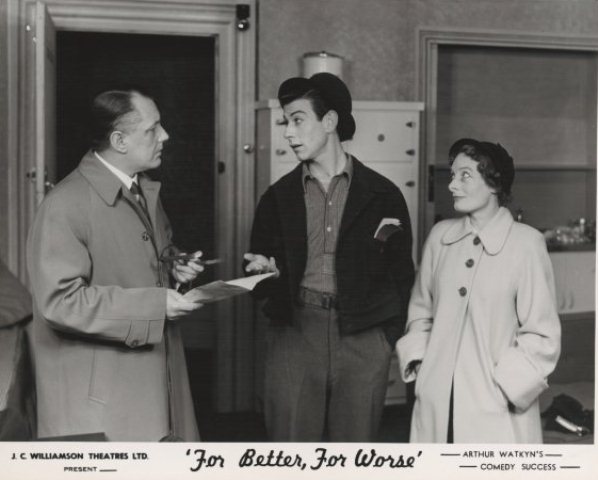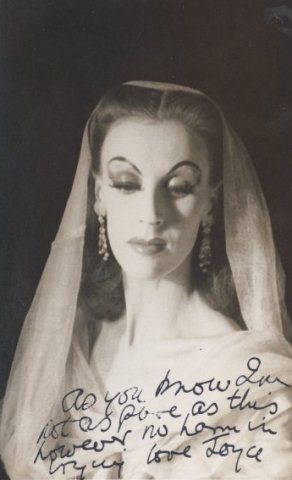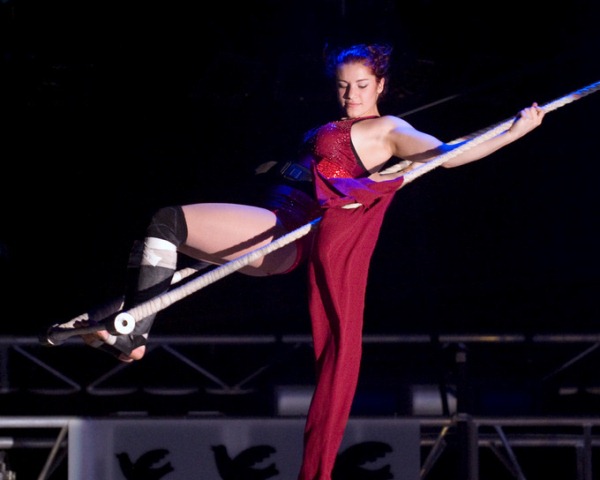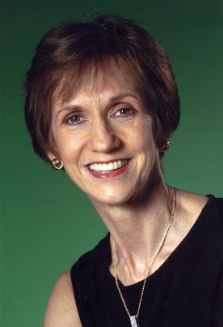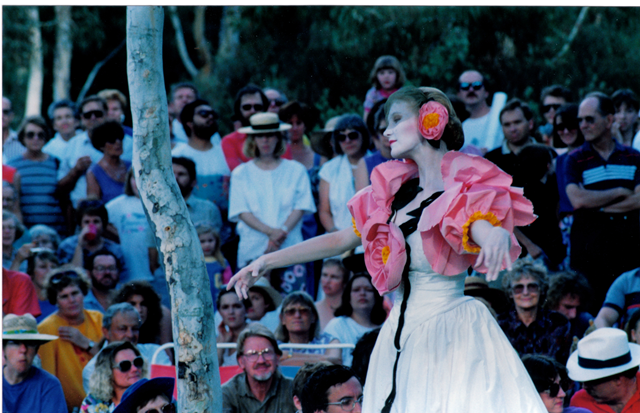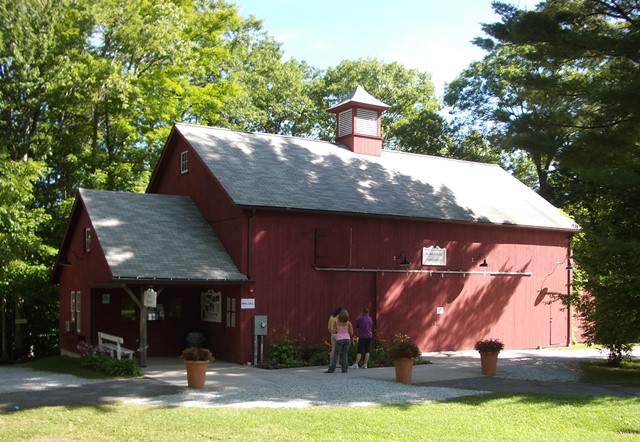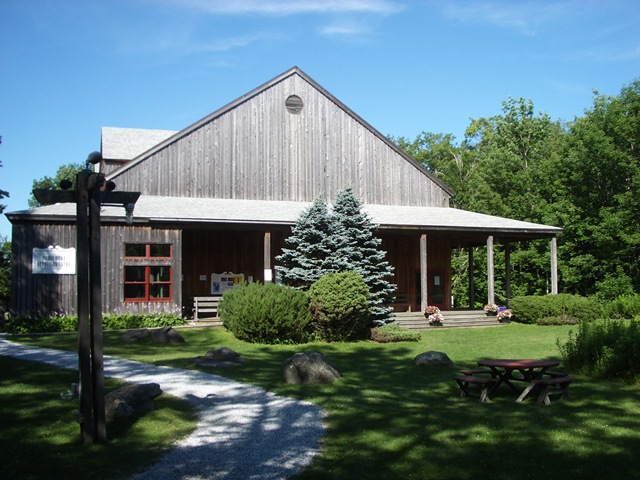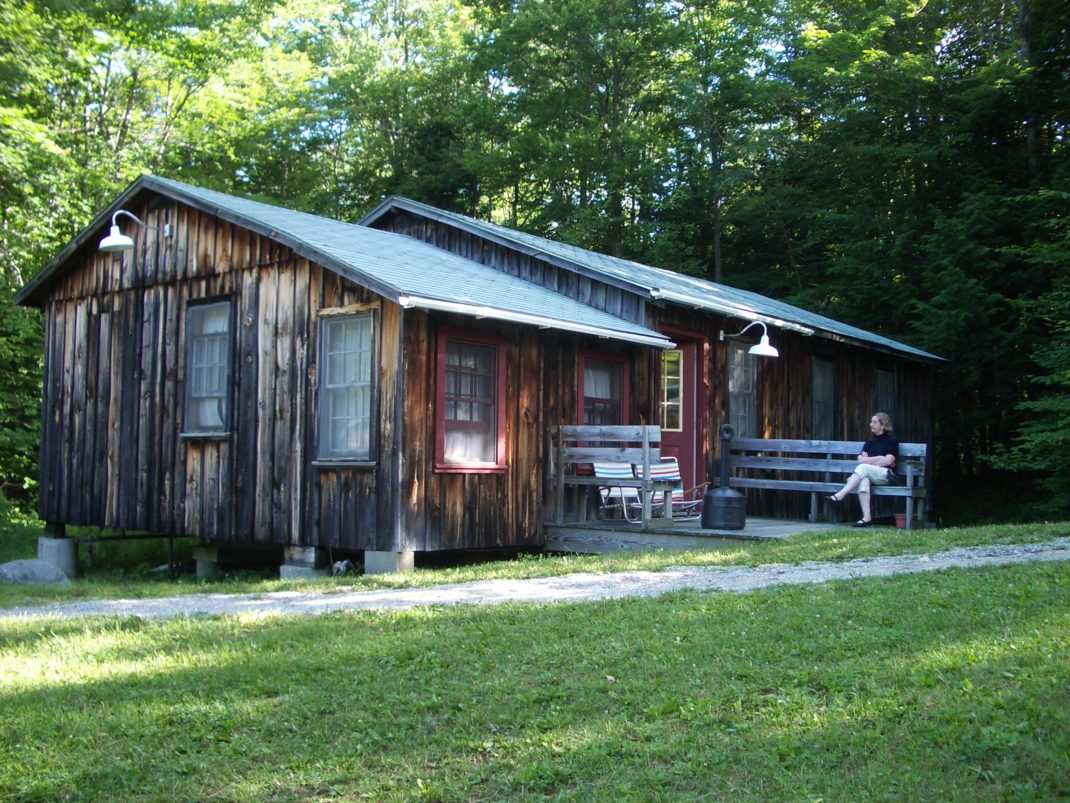Recently Roslyn Sulcas had a feature in The New York Times about the works of Pina Bausch that are being brought to London to coincide with the 2012 Olympic Games. The London program, called World Cities 2012—it opened on 6 June, celebrates the residencies Bausch and her company undertook in the last several years of Bausch’s life. The full program will show ten of the works Bausch made as a result of those residencies.
Sulcas interviewed a number of people for her feature, including the theatre director Peter Sellars. Sellars noted the following characteristic of Bausch’s choreographic process:
What is so extraordinary about Pina’s work is that she doesn’t start from the architectonics of movement; it starts from the autobiography of the dancers.
The statement immediately reminded me of the Australian video documentary The Black Swan directed by Michelle Mahrer in 1995 about Meryl Tankard’s career, including her career as a dancer with Pina Bausch. The video contains archival footage from Walzer (1982) and shows a scene in which Tankard’s character outlines for the benefit of the audience various survival methods that might be pursued should one find oneself alone in the desert. Tankard’s movements are dynamic and her voice animated. She wears an alluring yellow and black striped dress in keeping with the elegance of the other dancers who, oblivious to Tankard, mingle with each other and eat supper from a long table. The scene has the glamour of a society party, which makes Tankard’s discussion of desert survival appear startlingly out of context.
When Tankard gives her explanation of how to get by in the desert she is drawing on her recollections of early trips she and her family made between Darwin, where she was born, and Melbourne, where the family would later settle for several years. She explains to the audience how the wearing of underpants on the head is a great way to keep flies at bay. On the spot she removes her own underpants and demonstrates how to wear this item of apparel on the head in the most effective manner, all the while maintaining her enthusiastic telling of the story and her exhortations and advice to the audience.
Tankard’s mother, when questioned later by Tankard, explained the rationale behind this action of wearing underpants on the head. She recalled that on one of the trips back to Darwin—and the family made the long trip between Darwin and Melbourne and back several times while living in Darwin—the flies had been so bad at one breakfast stop that she had had the idea of covering the children’s faces with underpants, newly-bought in Melbourne and made from fabric that ‘breathed’ as a result of the tiny holes that were part of the composition of the fabric.
Sellars’ remark clearly fits well in the case of Tankard and Walzer. And Tankard of course would go onto use a similar technique and draw on many memories from her childhood and young adulthood when making her own works in Australia.
But a recent experience suggested to me that there is another powerful element in Bausch’s work that is perhaps stronger than those autobiographical elements, as important as they are. I was standing on a busy street corner near Eberswalder Strasse station in East Berlin. It’s a vibrant area in the city—full of students and other, colourful characters. A woman was crossing towards my corner on the green light and as she approached the kerb it was apparent that she was shouting something. In between exhortations she was taking bites from a huge, round, flat loaf of bread—and I mean huge. It was larger than a standard-sized pizza base and thicker. She wore track pants and a parka and a woollen cap. A line of cyclists in a bike lane, who were stationary waiting for a green light to move forward, studiously avoided taking any notice of the woman, although she was clearly an eccentric character in a regular, busy street scene and was passing right in front of them. They were dressed for bike riding so were not all that dissimilar in dress from the woman who was the central attraction.
The scene could have come straight out of a Bausch work. The woman was as vibrant in her exhortations as any of the best of Bausch’s dancers. The incongruity of her activity involving the bread recalled the apparent non-sequiturs that often feature in a Bausch work and reminded me of, say, the scene in Palermo, Palermo where one of the dancers cooks slices of some kind of sausage on the hot-plate of an iron. The bike riders got on with their business just as those dancers in Walzer did, seemingly oblivious to what was happening in front of them.
I began to think about how the major feature of Bausch’s works is not so much that she drew on the autobiographical stories of her dancers, but that she manipulated those stories and set them into a context. She was able to seduce the audience not because the stories were autobiographical but because through them she allowed art to imitate life.
© Michelle Potter, 9 June 2012
Postscript, 1 July 2012: Here is a link to a podcast made by The Financial Times in relation to the World Cities 2012 program. It features dance critic Clement Crisp and Alistair Spalding, artistic director of Sadler’s Wells. (Update August 2020: 2012 link no longer available)
